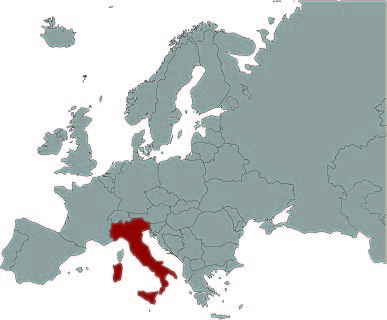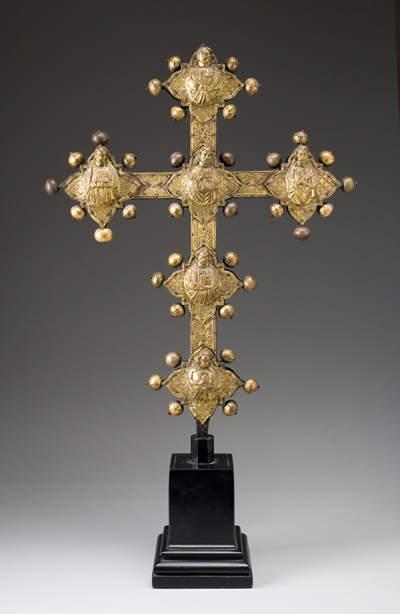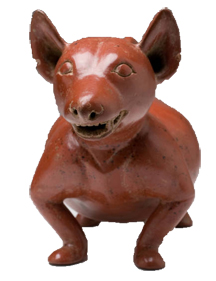

Gothic Art (c. 1100 CE - 1300 CE)
Suger, the abbot of the royal Abbey Church of St. Denis, described the rationale underlying Gothic art when he said, "Through the beauty of material things we come to understand God." In order to help individuals better understand God's majesty, ornate and beautiful works of art taught the way to salvation and depicted the glory of God and his creations.
Look closely at the details of the Processional Cross. Part of the story has been lost, since one side of the cross previously had an image of Christ crucified. Even so, imagine the cross covered in gold, sparkling in the sunlight as a priest carries it to and from the front of the church. How would seeing this cross from far away affect your interpretation of it? After the procession the cross sat on the altar in the front of the church. Over time, the brilliant gold surface wore off and exposed the copper beneath.
Artist Unknown, Italian
26 inches H; 21 inches W; 3 inches D
Purchase: Friends of the Museum
1986.009.000
1180-1192 Third Crusade.
1280 Eyeglasses are invented in Italy.
1337-1453 One Hundred Years War between the French and English.
1347 Black Plague begins in Europe.




